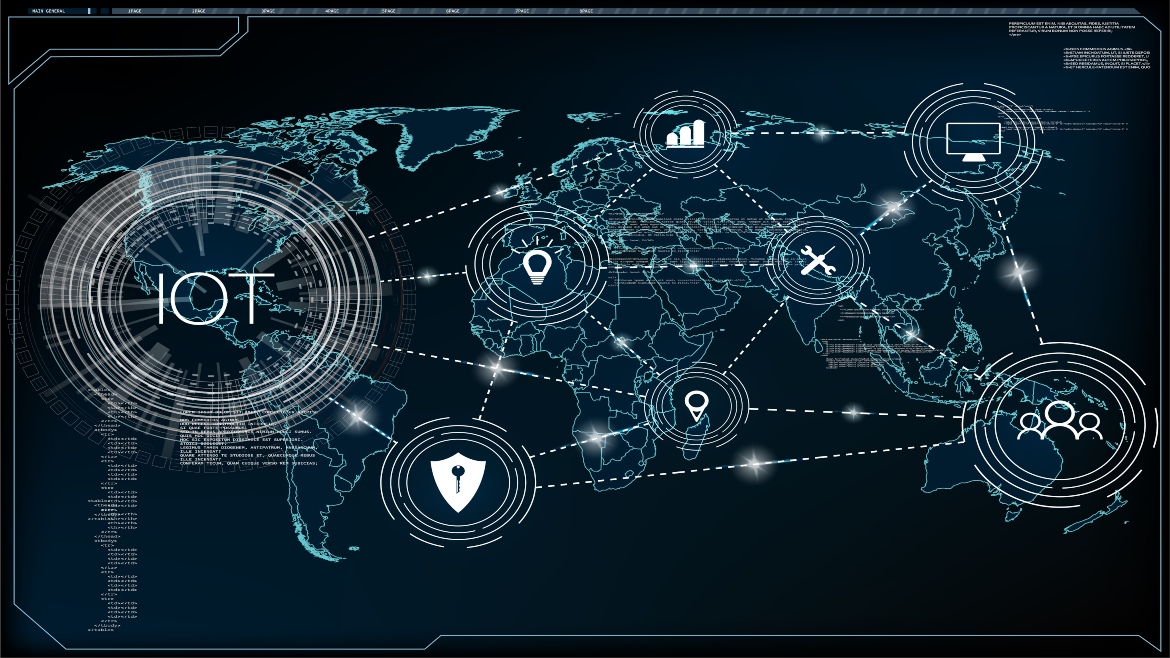IoT is magic for building automation systems. But what about security?
None
<div class="body gsd-paywall article-body"> <p>In a 2013 high-profile cybersecurity incident, the personal and financial information of nearly 110 million Target shoppers were compromised. The potential path of entry: <a href="https://krebsonsecurity.com/2014/02/target-hackers-broke-in-via-hvac-company/">an HVAC vendor</a> who conducted business with the retail giant. The headline-grabbing news took place a few years ago, but the take-home message remains constant: Internet of Things (IoT)-driven building automation systems (BAS) are a double-edged sword. They deliver a range of much-needed efficiencies but increase the number of threat vectors. </p><p>Using IoT for managing BAS does not have to be a game of chance. Organizations can improve their security profile by implementing a plan that includes best practices and rules for compliance along with the technology to implement it. For example, a centralized data infrastructure layer that routes all IoT devices through an application programming interface (API) can effectively deliver IoT data insights without security headaches. Based on zero trust principles, this type of technology offers a defined and monitored perimeter for security operations, and real-time data insights through a single pane of glass. </p> <div id="div-gpt-ad-article-body-sky-mobile" class="advertisement"></div> <p> </p><p><strong>Security challenges — automating systems and the cloud</strong></p><p>Historically, building automation systems perform functions, from lighting controls to elevators that require a multitude of vendors. Today these vendors have moved to IoT-driven systems, but they still need on-premises access and generate data to a proprietary system. </p><p>This splintered approach presents multiple challenges with respect to security. First, each IoT-driven system, with its own physical and software components, is a potential vector for cyberattacks. This risk is compounded as more vendors with cloud connections join to BAS and require patchwork updates. Furthermore, vendors frequently retain access even when their products are no longer in use. Such shadow deployments are usually not maintained and pose additional dangers. They need to be removed when vendors dissociate themselves from the accounts.</p> <div id="div-gpt-ad-sidebar-sky-mobile" class="advertisement"></div> <p>Discrete patchwork IoT solutions pose an additional challenge as they often employ decades-old protocols without security implementations such as authentication, authorization or encryption. Newer solutions might offer increased security, but updates can be infrequent, leaving devices and software pathways open and vulnerable to attacks. A quick scan using <a href="https://www.shodan.io/">Shodan.io</a> shows how many vulnerable devices and pathways are connected to the internet. </p><p> </p><p><strong>Best practices to shore up cybersecurity</strong></p><p>Given this landscape, commercial building managers can modernize their approach to cybersecurity by taking cues from the May 2021 White House <a href="https://www.whitehouse.gov/briefing-room/presidential-actions/2021/05/12/executive-order-on-improving-the-nations-cybersecurity/">executive order on cybersecurity</a>, improving their efforts to identify, deter, and respond to attacks and bad actors, and ensuring compliance from vendors.</p> <div id="div-gpt-ad-sidebar-mrect-mobile" class="advertisement"></div> <p>Because IoT systems include hundreds of thousands of machine identities that must be verified and routed, it is best to start with a zero trust architecture. Building managers need to accelerate movement to the cloud and institute identity access management protocols. This approach is a smarter and more robust way of capitalizing on the potential of IoT. </p><p> </p><p><strong>A more secure way to manage infrastructure</strong></p><p>While implementing these best practices can help improve security, flowing data into one information architecture layer in the cloud is a holistic approach to systematically addressing security concerns. Investing in technology that can modernize legacy systems and integrate them into an API can help streamline the management of cybersecurity operations.</p><p>Based on the aforementioned zero trust principles, the technology can provide a consolidated data infrastructure layer. Coupled with an API, this infrastructure can ingest IoT data from several disparate sources, including HVAC, lighting controls, air quality monitoring, fire safety systems, visitor management, and more. This enables building management professionals to better control authentication and authorization and can fine-tune identity access based on the length of service contracts and other relevant parameters. Since almost all IoT endpoints are routed through the cloud, the technology decreases the on-premises challenges of configuring multiple vendor boxes onsite. </p><p>Because all IoT data is integrated, building managers and owners can do more with the data pipe, including tagging data, implementing control protocol over individual data streams, and using machine learning algorithms as a first pass to detect abnormal activity. </p><p>As property management executives look for ways to <em>lean in</em> on digital transformation initiatives to allow for smarter and more useful analytics models that can be leveraged across all properties. They can securely and efficiently realize the full potential of IoT for building automation systems — and digital transformation. </p></div>

